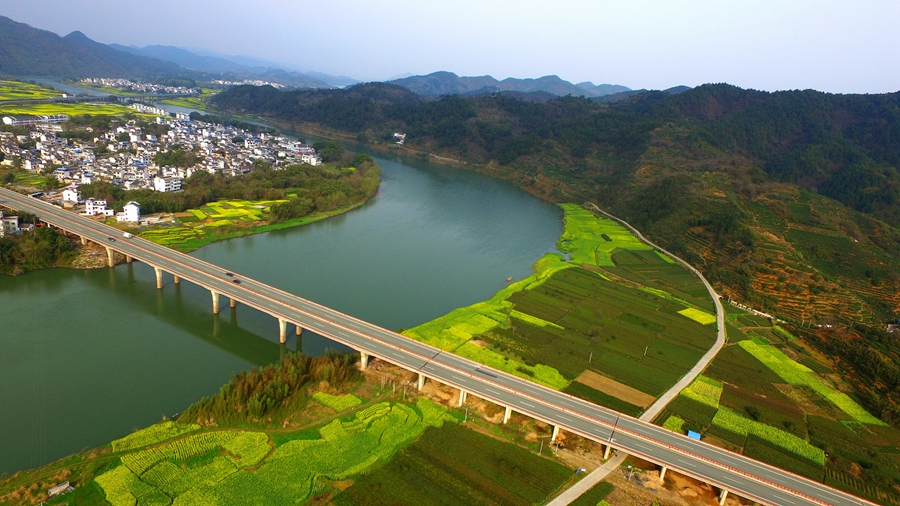Overview of Huangshan city


Huangshan city – named Xin'an, Shezhou or Huizhou in ancient times – is administered by Anhui province.
With 2,200 years of recorded history, it closely connected to Jiangxi province in the southwest and Zhejiang province in the southeast. The prefecture-level city of Huangshan was established in 1987 and now has jurisdiction over the Tunxi, Huangshan and Huizhou districts and four counties – Shexian, Xiuning, Yixian and Qimen – with a total area of 9,807 square kilometers and has a registered population of 1.47 million.
Superlative environment
The air quality of Huangshan city now ranks in the top three in China all year round. Negative oxygen irons in Huangshan Mountain scenic area are as high as 20,000 per cubic centimeter. The rate of excellent and good surface water is 100 percent, ranking it first in the Yangtze River Delta region. The forest coverage rate is 82.9 percent, ranking it third among the prefecture-level cities in China.
Terrific tourism resources
There are 59 well-known scenic spots in the city, including eight national 5A-rated attractions. Huangshan Mountain is a world natural heritage site, a world cultural heritage site, a global geopark and a world biosphere reserve.
Xidi and Hongcun villages are internationally renowned for their distinctive architecture and tranquil vibes. Xin'an River, a 359-kilometer-long river spanning 242 kilometers in Huangshan city, is the mother river of 20 million people in Anhui province and in Zhejiang province.
Profound cultural heritage
Huangshan city is the hometown of Huizhou merchants and is the birthplace of Huizhou culture.
Huizhou merchants owned almost half of China's wealth between the late Ming Dynasty (1368-1644) and the early Qing Dynasty (1644-1911).
Huangshan is home to two world natural and cultural heritage sites, 49 national historical and cultural protection sites, 24 national intangible cultural heritage and 26 national historical and cultural cities, streets, towns and villages.
The influence of Xin'an neo-confucianism, Xin'an medicine, the Xin'an painting school, Huizhou-style architecture, the four Huizhou-style craft of carvings – brick carving, stone carving, wood carving, bamboo carving – and Huizhou-style potted landscape continues to resound around the world.
In addition, Hui Opera is the originator of the Peking Opera and Anhui cuisine is one of the eight major regional cuisines in China.
MOST POPULAR
- 1 Foreign tourists to enjoy instant tax refund in China
- 2 China releases white paper on China-US economic, trade relations
- 3 China vows to help export enterprises
- 4 China will resolutely take countermeasures if US escalates tariff measures: commerce ministry
- 5 China's version of 'stock market stabilization fund' launched
Editors' Picks
 Infographic:
Key milestones in China-Malaysia relations
Infographic:
Key milestones in China-Malaysia relations






